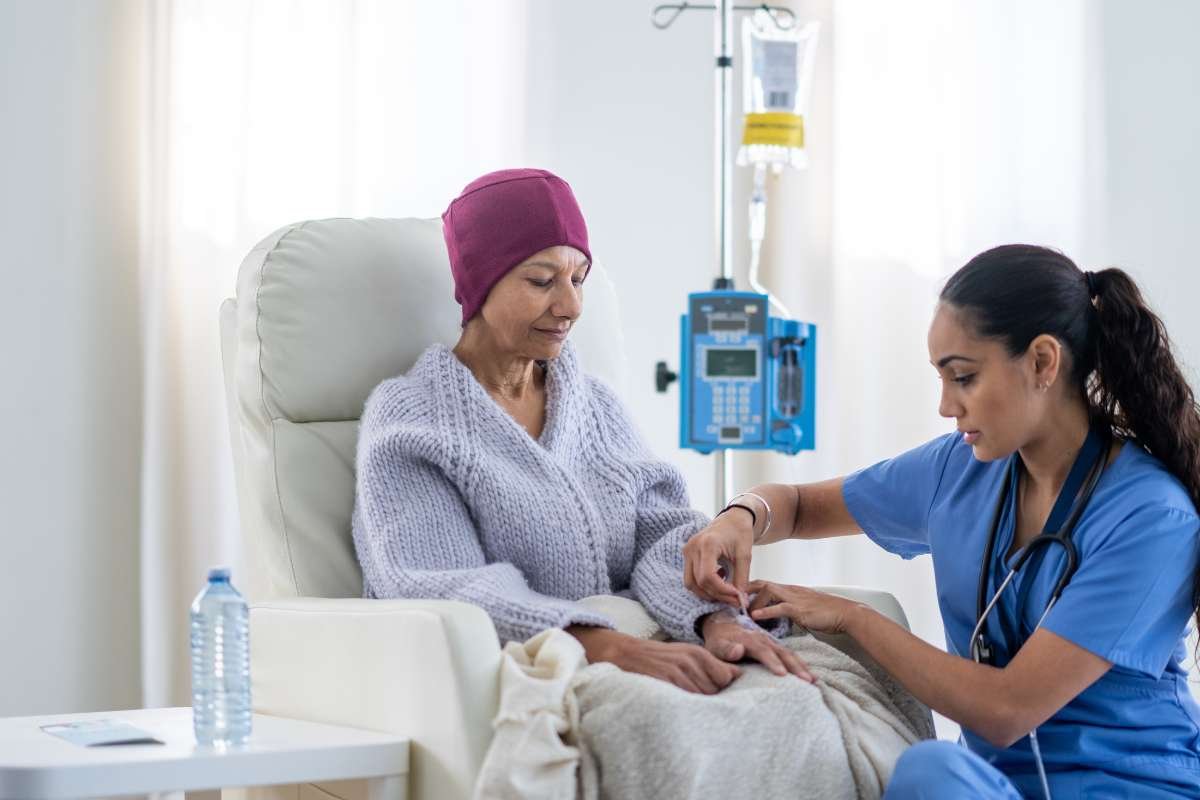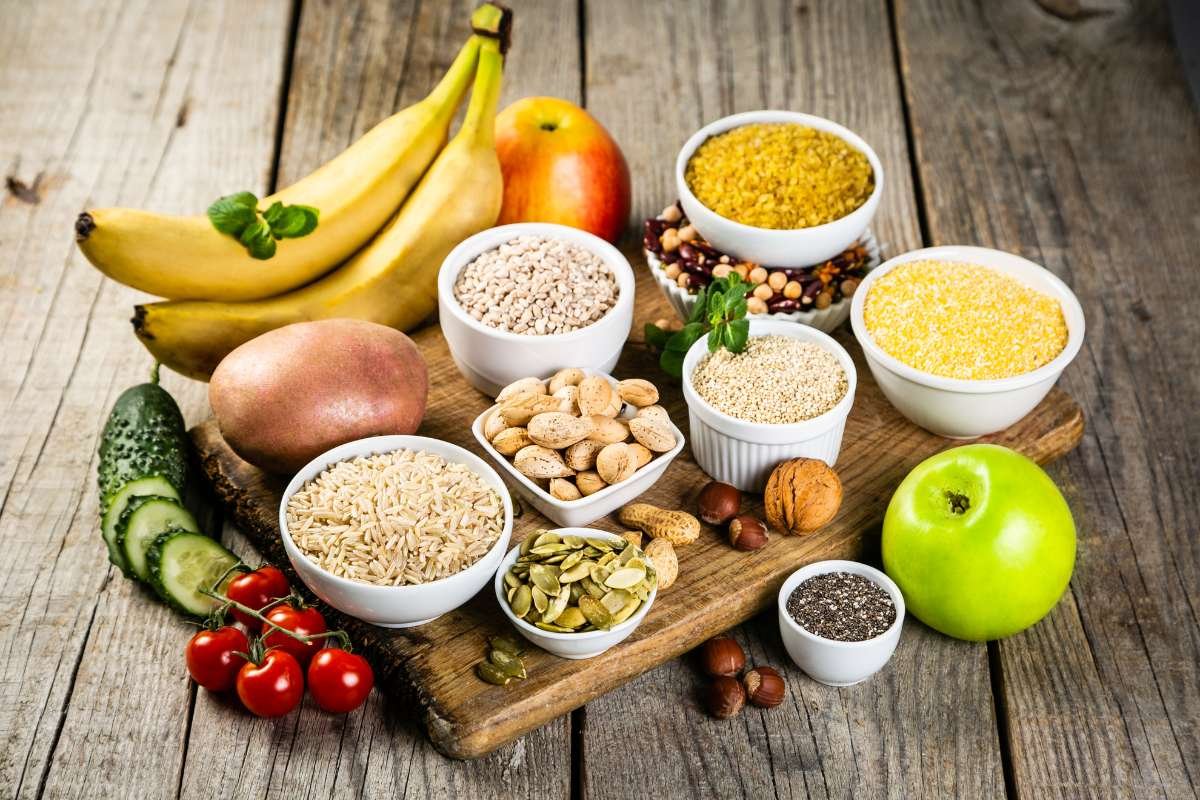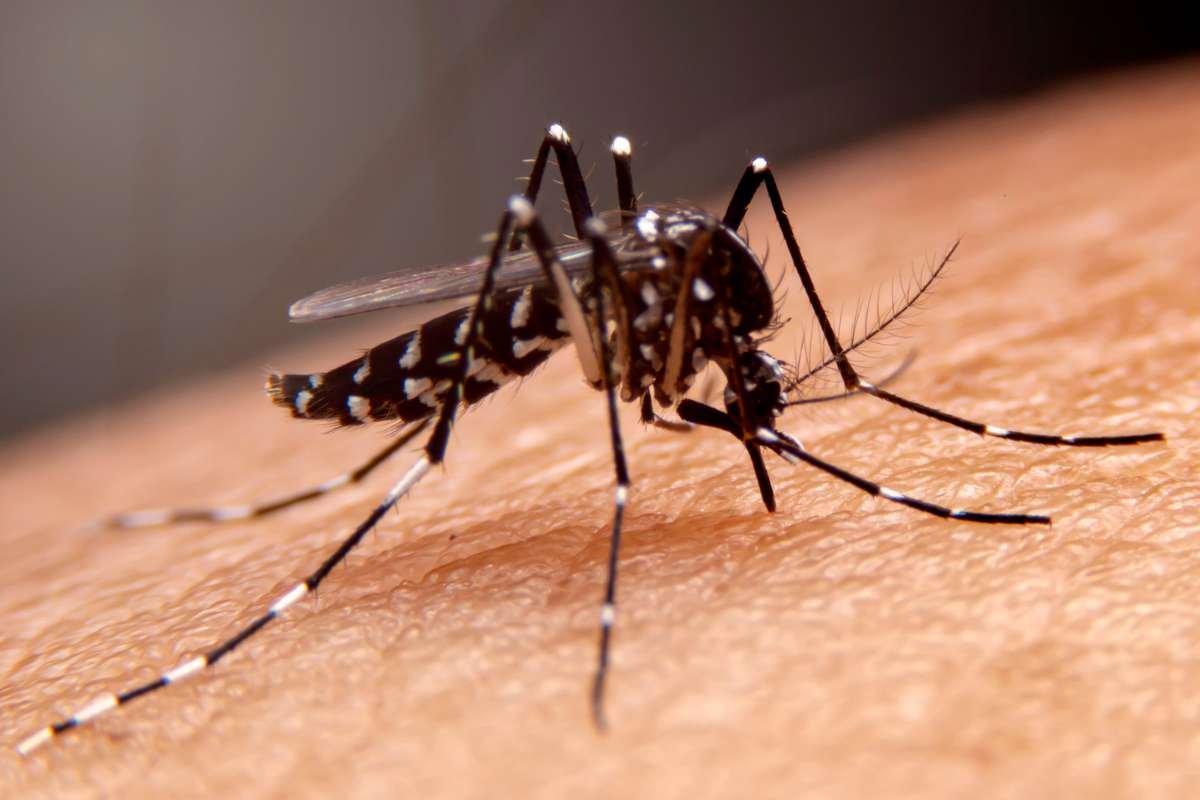Gastric cancer, which is also referred to as stomach cancer, is a complex disease in the stomach wall lining. Its incidence rates have been trending downwards in many parts of the world, yet gastric cancer remains a significant health problem worldwide. This guide will give a comprehensive analysis of gastric cancer, including its causes, symptoms, diagnosis, treatment, and prevention strategies.
Understanding the Stomach and its Function
The stomach is one of the main organs of the digestive system, responsible for breaking down food through acids and enzymes. It is a muscular sac in the upper abdomen below the esophagus. Food goes from the esophagus to the stomach where it churns and mixes with gastric juices to move into the small intestine.
What is Gastric Cancer?
Gastric cancer occurs when cells in the stomach lining begin to grow uncontrollably, forming a tumor. These cancerous cells can invade deeper layers of the stomach and eventually spread to other parts of the body through the lymphatic system or bloodstream.
Types of Gastric Cancer
There are different types of stomach cancers, but adenocarcinoma is the most common one. Adenocarcinomas make up 90 to 95 percent of stomach cancers; they arise from the glandular cells lining the stomach. Other less common types are:
- Lymphoma: This is an immune system malignancy that may arise in the wall of the stomach.
- Gastrointestinal stromal tumors (GISTs): Uncommon tumors formed by the cells in the stomach wall referred to as interstitial cells of Cajal.
- Carcinoid tumors: Such tumors grow very slowly, thereby forming in hormone-producing cells in the stomach.
Risk Factors for Gastric Cancer
Several factors can increase the risk of developing Stomach Cancer:

- Helicobacter pylori (H. pylori) infection: This bacterial infection is a major risk factor, as it can cause chronic inflammation and ulcers in the stomach lining.
- Dietary factors: A diet high in smoked, salted, or pickled foods and low in fresh fruits and vegetables can increase risk.
- Smoking: Smoking significantly increases the risk of Stomach Cancer.
- Family history: Having a first-degree relative (parent, sibling, or child) with Stomach Cancer increases the risk.
- Age: The risk of Stomach Cancer increases with age, with most cases diagnosed in people over 50.
- Gender: Men are more likely to develop Stomach Cancer than women.
- Previous stomach surgery: Certain stomach surgeries can increase the risk.
- Pernicious anemia: A condition where the body cannot absorb vitamin B12 properly.
- Epstein-Barr virus (EBV) infection: This virus has been linked to a small percentage of Stomach Cancers.
Symptoms of Stomach Cancer
Early-stage Stomach Cancer often has no noticeable symptoms. As the cancer progresses, the following symptoms may develop:
- Indigestion or heartburn
- Loss of appetite
- Unexplained weight loss
- Abdominal pain or discomfort
- Nausea and vomiting
- Bloating after meals
- Feeling full quickly after eating only a small amount
- Blood in the stool or vomit
- Fatigue
It’s important to note that these symptoms can also be caused by other conditions. However, if you experience any of these symptoms persistently, it’s crucial to consult a doctor.
Diagnosis of Stomach Cancer
If Stomach Cancer is suspected, a doctor will perform a physical exam and review your medical history. Several diagnostic tests may be used, including:
- Upper endoscopy: A thin, flexible tube with a camera is inserted through the esophagus into the stomach to visualize the lining and take tissue samples (biopsies) for examination.
- Biopsy: A tissue sample taken during an endoscopy is examined under a microscope to confirm the presence of cancer cells.
- Imaging tests: CT scans, PET scans, and X-rays can help determine the extent of the cancer and whether it has spread to other organs.
- Blood tests: Blood tests can check for anemia and other abnormalities.
Staging of Stomach Cancer
Once Stomach Cancer is diagnosed, it’s staged to determine the extent of the cancer’s spread. Staging helps doctors plan the most appropriate treatment. The stages range from 0 (very early stage) to IV (advanced stage).
Treatment of Stomach Cancer

Treatment for Stomach Cancer depends on the stage of the cancer, the patient’s overall health, and other factors. Common treatment options include:
- Surgery: Surgery is the primary treatment for Stomach Cancer, especially in the early stages. It may involve removing part or all of the stomach (gastrectomy) and nearby lymph nodes.
- Chemotherapy: Chemotherapy uses drugs to destroy cancer cells. It may be used before surgery (neoadjuvant chemotherapy), after surgery (adjuvant chemotherapy), or to treat advanced cancer.
- Radiation therapy: Radiation therapy uses high-energy rays to kill cancer cells. It may be used in combination with chemotherapy or after surgery.
- Targeted therapy: Targeted therapies are drugs that target specific molecules involved in cancer cell growth and survival.
- Immunotherapy: Immunotherapy helps the body’s immune system fight cancer cells.
Prevention of Stomach Cancer
While not all cases of Stomach Cancer are preventable, several lifestyle changes can reduce the risk:

- Treating H. pylori infection: If you test positive for H. pylori, treatment with antibiotics can significantly reduce the risk of Stomach Cancer.
- Eating a healthy diet: Consuming a diet rich in fruits, vegetables, and whole grains and low in smoked, salted, and pickled foods can help lower risk.
- Quitting smoking: Smoking cessation is crucial for reducing the risk of many cancers, including Stomach Cancer.
- Maintaining a healthy weight: Obesity is a risk factor for several cancers, including gastric cancer.
Living with Gastric Cancer
A diagnosis of gastric cancer can be challenging. Support groups, counseling, and other resources can help patients and their families cope with the emotional and practical challenges of the disease.
Conclusion
Today, gastric cancer is one of the significant threats that mankind has to face. Although reliable diagnostic and therapeutic measures have saved many lives, the sooner this ailment is diagnosed, the more curable it becomes. Knowing risk factors, symptoms, and preventive measures can enable individuals to keep their health proactive. If you consider yourself at risk of Stomach Cancer, you should probably see your doctor.







